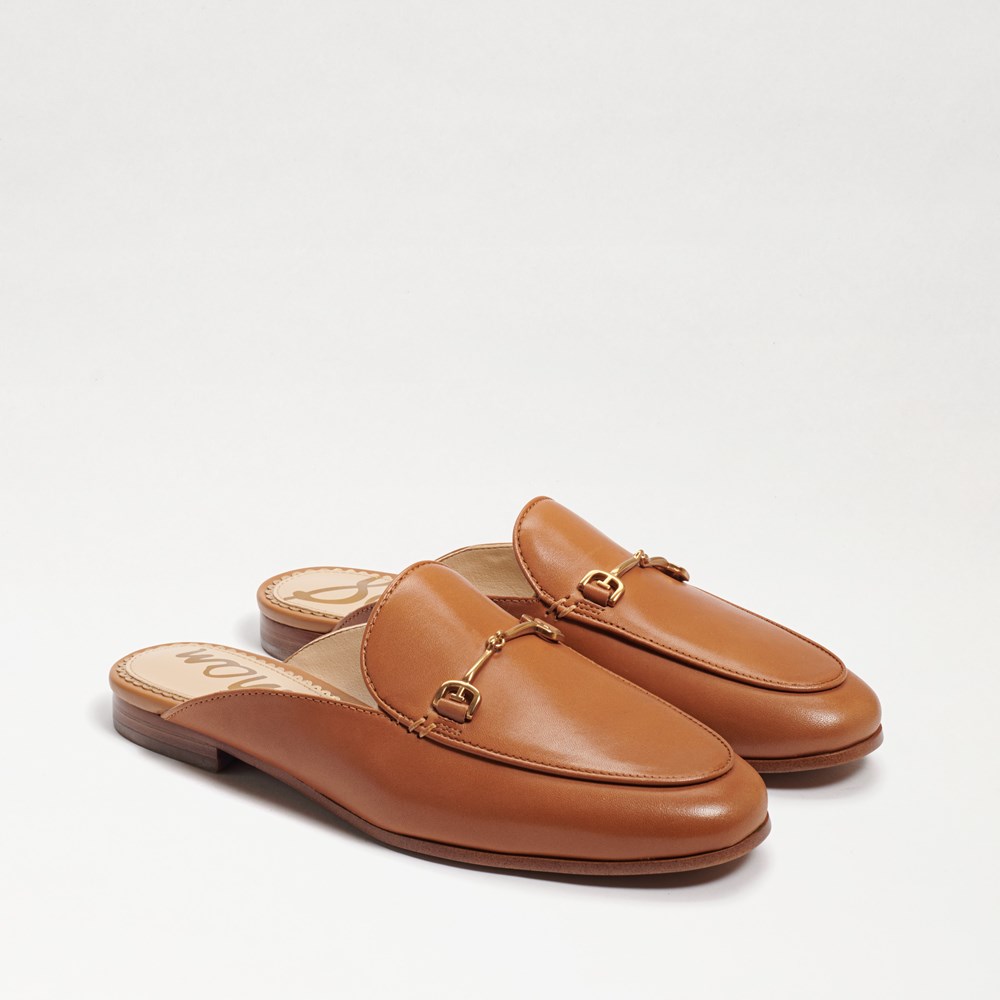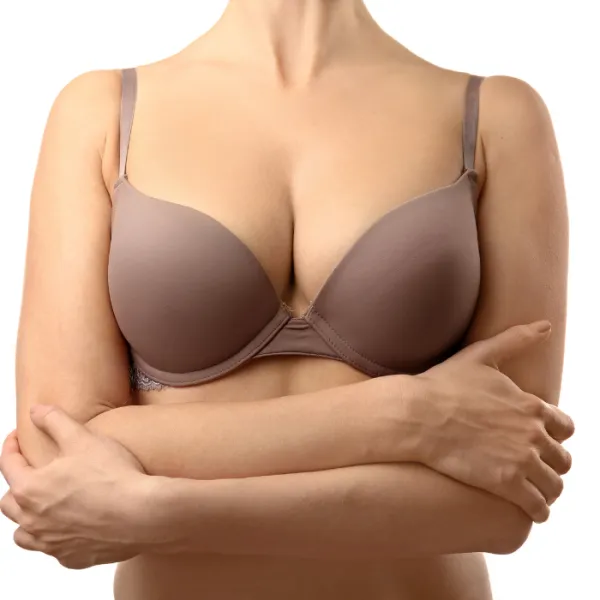We may earn money or products from the companies mentioned in this post.
Your Mid-Year Style Reset: How to Realign Your Wardrobe with Your Goals for a Fresh, Purposeful Look
Mid-year is the perfect time to reassess your wardrobe and make sure it supports where you want to go personally and professionally. Your mid-year style reset helps you align your clothing choices with your current goals, making your daily dressing more intentional and effective.
By evaluating what you wear against your ambitions, you can identify pieces that no longer serve you and focus on items that enhance your confidence and clarity. This process ensures your wardrobe works as a tool to express who you are now, not just who you were.
Taking this step can simplify decision-making, save time, and boost how you present yourself in all areas of life. A thoughtful reset lets your style reflect your priorities and helps you move forward with purpose.
Understanding the Importance of a Mid-Year Style Reset
A mid-year style reset helps you align your wardrobe with changes in your daily life and the evolving seasons. This process ensures your clothing supports your current goals and adapts to the environment, making your style both practical and intentional.
Recognizing Shifts in Lifestyle and Goals
Your lifestyle and personal goals can change significantly within six months. Career shifts, new hobbies, or changes in social life often require different clothing choices.
For example, if you’ve started working from home, your wardrobe may need more comfortable but presentable pieces. If you’re pursuing fitness goals, integrating activewear that transitions into casual outfits could be essential.
Evaluating your lifestyle changes ensures you don’t keep clothes that no longer fit your needs. It also helps you invest in pieces that boost confidence and functionality in your daily routine.
Assessing Seasonal Changes and Trends
Mid-year brings a shift in weather and fashion trends that impact what you should wear. You might need to swap heavy layers for lighter fabrics or introduce new colors and patterns suited for warmer months.
Focus on versatile items like breathable shirts, lightweight jackets, and smart accessories that refresh your look without a complete overhaul. Embracing current trends doesn’t mean discarding your style but enhancing it with subtle updates.
Use this time to organize your wardrobe by season, making it easier to locate pieces and avoid unnecessary purchases. A strategic update keeps your style relevant and adaptable throughout the year.
Evaluating Your Current Wardrobe
Start by examining what you already own and how it fits your current lifestyle and goals. Focus on the condition, style relevance, and how often you use each item. This groundwork will help you decide what stays, what goes, and what may need replacing or adding.
Conducting a Wardrobe Audit
To begin, take everything out and lay it out where you can see each item. Assess each piece for wear, fit, and usefulness. Ask yourself if you have worn it in the last six months and if it matches your daily activities or upcoming events.
Use a checklist to categorize items:
- Keep: Fits well, good condition, worn regularly
- Donate: Good condition, but no longer suits your style or size
- Discard: Damaged beyond repair or worn out
Identifying Pieces That No Longer Align
Review your wardrobe in light of your current goals, whether work-related, lifestyle-related, or aesthetic changes. Items that no longer fit your professional role or personal image should be set aside.
Consider how your color palette, comfort needs, and functionality have evolved. If a piece feels outdated or uncomfortable, it’s a candidate for removal. Holding onto clothes out of habit can clog your closet and cloud your style intentions.
Spotting Repeat Offenders and Gaps
Pinpoint items you repeatedly buy but rarely wear—these are your “repeat offenders.” They might be trendy, but they can be impractical or inconsistent with your core style. Identify patterns such as buying many similar pieces that don’t integrate well.
Also, recognize gaps where your wardrobe fails to support your goals. For example:
- Lack of professional attire for career advancement
- Insufficient casual wear for weekends
- Missing outerwear suitable for the season or the weather
Use this analysis to target future shopping and avoid repeating past mistakes.
Defining Your Style Goals for the Second Half of the Year
To realign your wardrobe effectively, focus on what you want your clothing to achieve. This involves clarifying your daily needs and drawing visual inspiration to guide your choices.
Setting Personal and Professional Wardrobe Intentions
Identify your key activities over the next six months. Think about work events, casual outings, and any special occasions. Your wardrobe should support these scenarios.
List your priorities: comfort, functionality, or a polished look. For example, if you have frequent meetings, prioritize tailored pieces. If you work remotely, emphasize versatile layers.
Set specific goals: wear more neutral shades, introduce bold accessories, or invest in quality basics. These will help keep your wardrobe purposeful and aligned with your lifestyle.
Incorporating Inspiration and Mood Boards
Gather visual references that reflect your desired style. Use platforms like Pinterest or physical clippings from magazines to create mood boards.
Organize images by themes such as color palettes, outfit ideas, or fabric textures. This will clarify your aesthetic and reveal patterns in your preferences.
Refer to your mood board when shopping or planning outfits to maintain consistency. Update it periodically as your style evolves or goals shift.
Building a Focused Shopping List
To create an effective shopping list, concentrate on items that expand your wardrobe’s versatility and address any missing pieces needed for upcoming seasons or specific activities. Knowing exactly what to buy reduces impulse purchases and helps you align your clothes with your style and lifestyle needs.
Prioritizing Versatile Essentials
Start by identifying timeless pieces you wear often and pair easily with other items. Examples include a well-fitted blazer, classic jeans, a white button-down shirt, and neutral-colored shoes. These basics serve as the foundation of your wardrobe and support multiple outfit combinations.
Choose fabrics and cuts that work across different occasions, from casual to professional settings. Investing in quality staples ensures durability and maintains a polished appearance. Avoid trendy items here; focus on longevity and adaptability instead.





Shop: Outfit
Filling Seasonal and Functional Gaps
Assess your current wardrobe for missing items necessary for seasonal changes or special functions. For summer, consider lightweight outerwear or breathable linen pieces, while for winter, prioritize insulated jackets or layering sweaters.
Functionality matters as much as style. If your activities require specific gear, such as workout clothes or formal wear, add those items to your list. Ensure new purchases address real needs, preventing clutter and improving wardrobe efficiency.
Use a checklist format to organize these gaps:
| Season | Item Type | Purpose |
|---|---|---|
| Summer | Linen shirts | Breathability and comfort |
| Winter | Insulated jackets | Warmth and layering |
| All seasons | Neutral sneakers | Everyday versatility |
| Special | Formal blazer | Events and meetings |
Optimizing Your Closet Organization
Maximizing your closet’s functionality relies on thoughtful layout and accessibility. Efficient use of space and strategic item placement will make daily dressing easier and keep your wardrobe aligned with your current needs.
Creating a Streamlined Closet Layout
Start by categorizing your clothing into groups: tops, bottoms, outerwear, and accessories. Use uniform hangers to save space and create a clean visual line. Arrange items by frequency of use, placing everyday pieces at eye level.
Install adjustable shelves or drawers for flexible storage. Consider vertical storage solutions like hooks or hanging organizers for accessories such as belts and scarves. Label bins or boxes to prevent clutter and speed up item retrieval.
Keep shoes on lower shelves or racks, ordered by season or style. Clear pathways in your closet to avoid overcrowding and ensure you can easily browse your collection.
Rotating Items for Easy Access
Rotate seasonal clothing to keep your closet relevant year-round. Store off-season items in labeled bins or vacuum-sealed bags and place them on high shelves or under the bed.
Weekly, shift items you plan to wear to the front or center of your closet. This practice ensures that your wardrobe always reflects your current lifestyle needs without unnecessary digging.
Use hooks or racks near your daily dressing area for frequently worn accessories or pieces. This reduces decision fatigue and streamlines your dressing routine.
How to Realign Your Wardrobe with Your Goals for a Fresh, Purposeful Look
Budgeting for Your Style Reset
Planning your budget is essential to avoid overspending and to ensure your wardrobe update supports your goals. Focus on how to allocate your funds and find the right balance between timeless pieces and seasonal trends.
Allocating Funds Responsibly
Start by setting a clear budget for your style reset. Calculate your total available amount and divide it based on wardrobe priorities. Allocate more funds to essential items like workwear or outerwear that you’ll use frequently.
Create a simple breakdown like this:
| Item Type | Percentage of Budget |
|---|---|
| Essentials | 50% |
| Accessories | 20% |
| Trends | 15% |
| Miscellaneous | 15% |
Track your spending to avoid impulse buys. Stick to preferred stores and sales to maximize value. Avoid stretching your budget by buying items that don’t align with your goals.
Balancing Investment Pieces and Trends
Invest in high-quality staples that will last beyond seasonal changes, such as a tailored blazer or durable shoes. These should make up the foundation of your wardrobe, representing longer-term value.
Limit trend purchases to a small portion of your budget to keep your look fresh without waste. Look for affordable, versatile items that can be mixed with your core pieces.
This approach helps maintain a wardrobe that reflects your style goals without frequent full replacements, giving you flexibility and cost control.
Sustaining Your New Wardrobe Alignment
To keep your wardrobe aligned with your goals, focus on steady habits and regular reassessments. This will help you avoid slipping back into old patterns or accumulating unnecessary items.
Maintaining Consistency Over Time
Create a routine of reviewing your outfits weekly to ensure they reflect your intended style and goals. Use a simple checklist to evaluate if each piece fits your current lifestyle and priorities.
Store your clothes logically—by type or occasion—to make daily choices easier. This reduces decision fatigue and supports consistent styling.
Limit new purchases by setting rules such as “one in, one out” or sticking to a defined budget. This helps prevent clutter and keeps your wardrobe purposeful.
Embracing Ongoing Edits and Refinements
Schedule quarterly wardrobe audits to remove items that no longer serve your style or goals. Focus on quality over quantity.
Keep an editable list of favorite pieces that you want to replace when worn out or outdated. This prevents impulsive buys.
Pay attention to how your needs evolve with changes in your personal or professional life. Adjust your wardrobe accordingly by adding versatile essentials.
Use these moments to tweak your style—small changes over time keep your wardrobe fresh and aligned.
Curvy Women Summer Outfits: 13+ Pieces for a Sensational Outfit





Leave a Reply